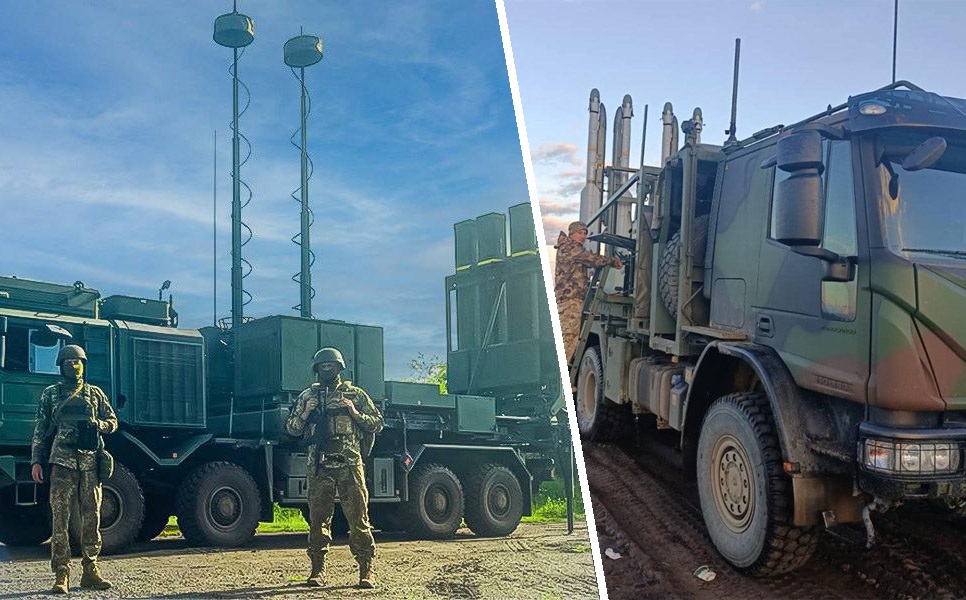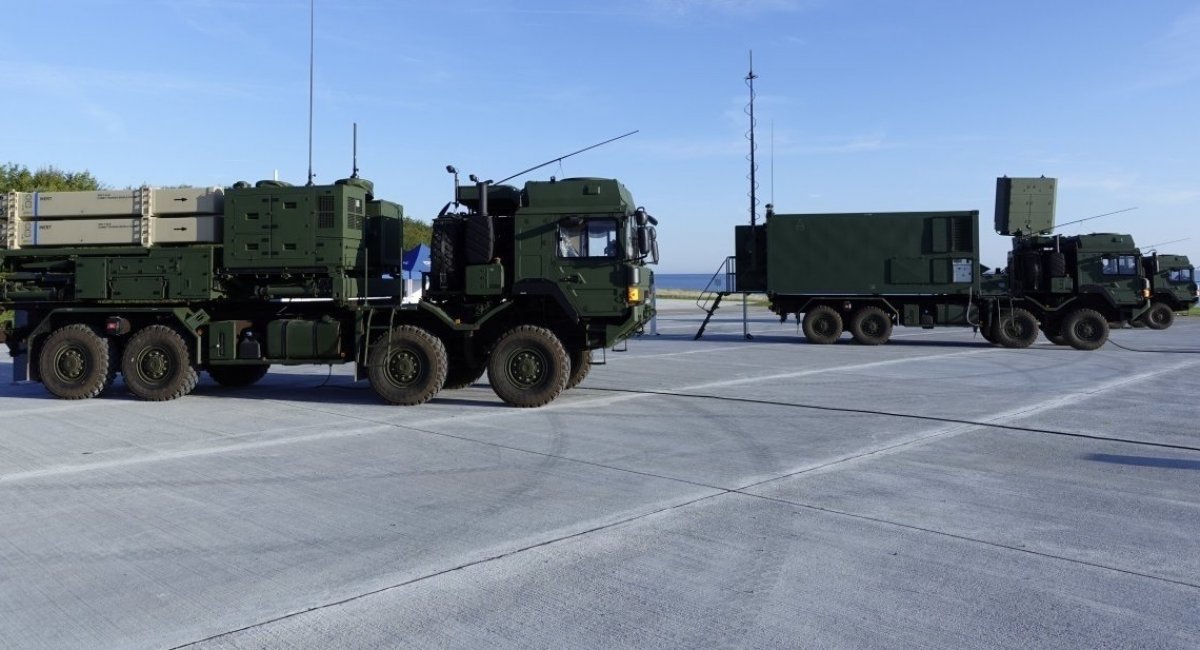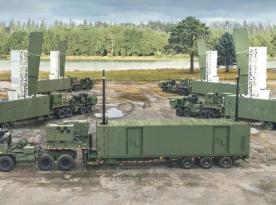In one of recent posts, Defense Express mentioned reports circulating on social media suggesting that Ukrainian air defense forces had successfully used IRIS-T SLM systems to intercept russian ballistic missiles. But should we take these claims at face value? The most notable comment on this matter came from Ukraine's Ambassador to Germany, Oleksii Makeiev, who addressed the capabilities of German air defense systems provided to Ukraine.
Now, researchers Fabian Hoffmann and Waldemar Geiger have taken a closer look at this topic in their article for Hartpunkt. Their conclusion, in short, is this: in theory, the IRIS-T SLM can be used to intercept ballistic targets — but only as a supplement to traditional missile defense systems.
Read more: Ukrainian MiG-29 Fighter Strikes russian Drone Operator Base with the JDAM-ER Bomb

As the authors highlight, the Bundeswehr itself has acknowledged the potential use of IRIS-T SLM against ballistic missiles. However, this remains a theoretical conjecture, especially considering the lack of clarity about the specific types of ballistic missiles that may have been intercepted by Ukraine's IRIS-T units.
Defense Express would also like to point out that russia's ballistic missile category includes not only 9M723 missiles from the Iskander system, but also S-300/400 missiles that have been repurposed for surface-to-surface strikes on civilian infrastructure in Ukraine.
The researchers argue that the key enabler for any improvised ballistic missile interception by IRIS-T SLM in Ukraine may be the TRML-4D radar by Hensoldt, which is capable of tracking even the trajectories of artillery shells.
With a sufficiently complete threat database, this radar — combined with the system's missile fire control — could theoretically support intercept calculations for ballistic threats, within the optimal defensive range.
Hoffmann and Geiger also draw parallels to Israel's 12-day conflict with iran, during which the Iron Dome's Tamir interceptors (not designed for such tasks) were reportedly able to destroy warheads of medium-range ballistic missiles. This suggests that, in certain scenarios, systems not originally intended for ballistic missile defense may still successfully intercept such threats.
However, continuing this line of reasoning, even if the IRIS-T SLM were capable of intercepting ballistic missiles, it would only be able to do so at very short range and low altitude — making it suitable only for highly localized, point defense scenarios.
Another factor to consider is the standard IRIS-T battery configuration supplied to Ukraine: typically 8 short-range and 24 medium-range interceptors per battery. This raises questions about how many interceptors can realistically be allocated to engage a single target — especially a ballistic one.
Read more: Abrams Tanks Now Armed With Legendary Miniguns — But the Gunner Is Left Exposed Even to Shrapnel and Drones














